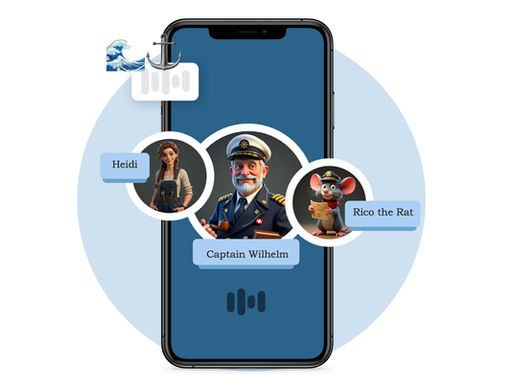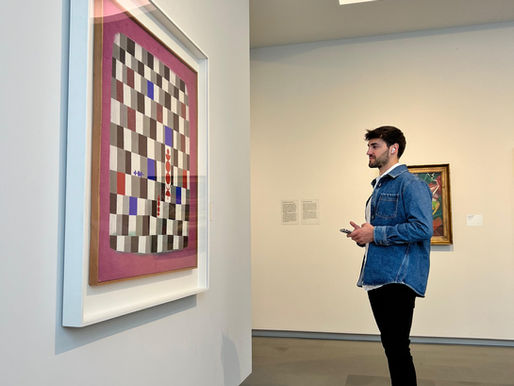top of page


The Challenge of Understanding Art in Museums – Choosing Your Path with Gaudio
When planning to visit a museum, one usually expects to get to know the exhibits and the artifacts. In an art museum, one hopes to meet...
Feb 4


The Nuanced Architecture of AI in Museums & Cultural Spaces - Why Bigger Is Not Always Better
Discover how cultural institutions can responsibly adopt AI to enhance visitor experiences while minimizing environmental impact.
Jan 3


The Human Touch in Digital Spaces - How Conversational AI is Reshaping Museum Experiences in 2025
AI is revolutionizing museum experiences, turning silent masterpieces into engaging cultural dialogues through personalized digital guides.
Dec 15, 2024


A Deeper Look at the Swiss Museums Statistics of 2023
The Swiss Federal Statistical Office’s 2023 report reveals a museum sector at a pivotal moment.
Dec 10, 2024


The Three Layers of Art Understanding with Artificial Intelligence: Applying Panofsky's Methodology through Gaudio
The Birth of a Methodology One of the most important art historians of the 20th century, Erwin Panofsky, introduced “Iconology” as a way...
Dec 2, 2024


Beyond Simple Personalization: Creating Dynamic Museum Experiences with Artificial Intelligence
AI revolutionizes museum experiences: From static guides to dynamic, personalized cultural interpretation.
Nov 10, 2024


The Digital Renaissance: AI's Role in Art Discovery
Exploring how AI enhances museum experiences through Panofsky's art interpretation framework, bridging traditional theory with modern techno
Nov 1, 2024
bottom of page
